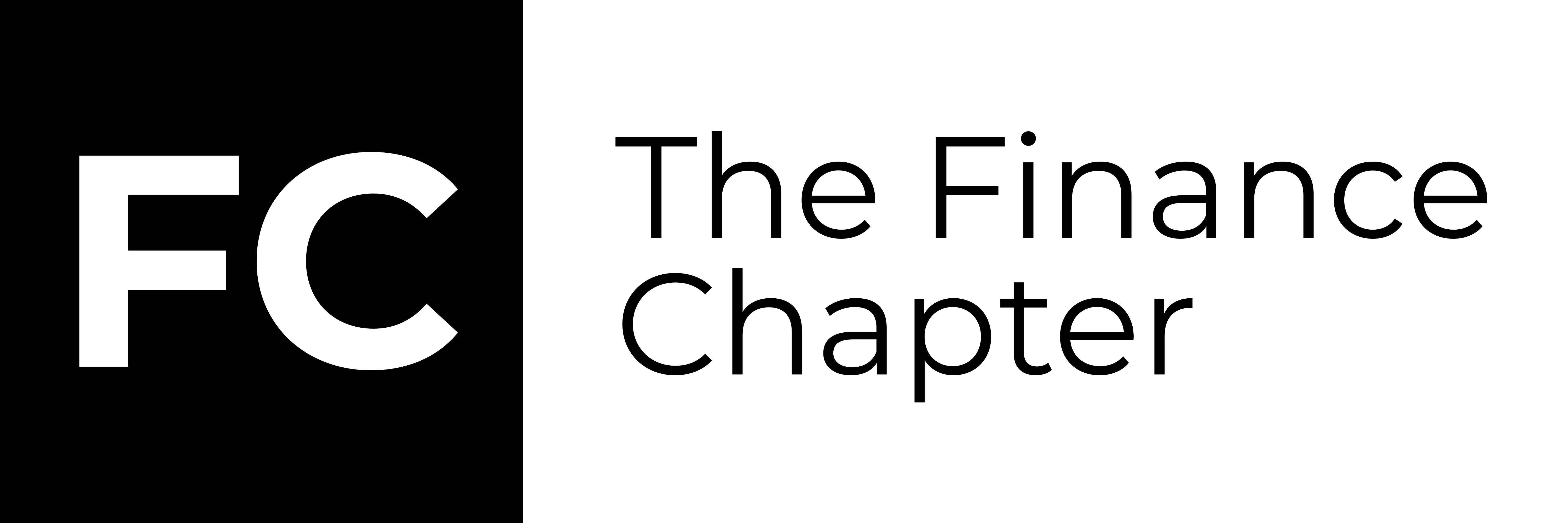
There’s an adage that perfectly captures the extent of prescriptive messaging we’re living with:
Too many chiefs and not enough Indians.
To be sure, this phenomenon is not an Indian exclusive. In the course of a day, we’re exposed to a dizzying torrent of messages, all prosecuting matters on every conceivable topic, and at varying levels of intensity. It’s a modern-day problem, helped along by the technologies that make us all the more accessible. Some messages are more subtle and suggestive – a motivational word here, a unique thought there – while others forcefully evangelise their truth, complete with unbridled moralising and calls for reform.
Whichever the case, they all boil down to the same thing: Someone, somewhere is trying to convince you of (or promote) something. But attention – needless to say – has its limits. Like time, it is a finite resource, not to be spent prodigally. And the dividends we reap from this resource – as with any other – depend largely on how prudently we spend it.
In no particular order, this thought explores some of the methods I use to conserve my attention and energy, so that it’s available to me when I actually need it.
On Watching News
I read The 4-Hour Work Week by Tim Ferris many years ago. I’m still working 9 – 5 so I’ve clearly not embraced all of it. That said, an idea from the book that I find incredibly relevant is that the news (mostly) is not worth watching. Here’s a clarifying statement from Mr Ferris’s podcast:
“The vast majority of news is going to make you either anxious or really pissed off, and if you’re not prepared or able to take action on something that is within your sphere of control, it’s really just creating energy leaks that will drain you.”
Before reading the book, I never stopped to consider the usefulness of consuming the news. It’s one of those things I just did, not unlike a civic duty. I saw remarkable results when I stopped watching and listening to the news. I became less anxious, and more hopeful, all while living the same life, in the same world. And it’s not hard to see why. Since I cannot do anything about the unfortunate things that make the news, creating space for them in my consciousness will only paint a grim picture of the world.
It’s not that the news itself is wrong or irrelevant. But the sheer lack of agency makes it hard to resolve, creating a tension that manifests as anxiety and an overall pessimistic outlook. This is not ideal.
Since I like to know what’s happening in the world, I browse the headlines on my preferred news app. Doing this once or twice a day only takes a few moments. It’s a healthier alternative to sitting through 30 – 60 minutes of the highly polarised evening news.
As it happens, the news isn’t the only source of negativity to be curtailed.
Healthy Connections
It’s helpful to have some means of qualifying the people in your life. Not all contacts (and relationships) are created equal. My approach to this is quite rudimentary. I consider whether I want to have more of the conversations I tend to have with a contact. This works for me because I’m big on conversation. And since it’s easy to tell a great conversation from a lousy one, I believe this approach also ensures that the relationship is mutually beneficial.
The big idea here is knowing the value of my time (and attention) and being intentional about who I share it with. A relationship that is not helpful to either party will die of natural causes in most cases. Sometimes, however, one may need to act to protect one’s personal space. I’m not averse to blocking contacts who espouse values I don’t identify with.
Boundary setting is liberating because it frees up your time and energy for the things that matter. It’s not easy per se, but it’s necessary.
In her Ted Talk titled Good boundaries free you, Sarri Gilman brings real-world context to the discourse on boundary setting. Her book on the subject – Transform Your Boundaries – provides a deeper dive into the need for boundary setting and what healthy boundaries look like.
There’s yet another avenue for noise and stress to filter through. It’s one that we can take immediate steps to contain.
Mute Social Media
In a previous article, I referenced evidence showing how social media algorithms are optimised to keep us engaged. With time I’ve learnt to clarify what I want from social media to myself. This goes a long way towards moderating my use of it. Here are some questions I ask myself.
- How accessible do I want to be?
- Who do I want to hear from?
- Which group/s do I want to be a part of?
- What discussion topics do I care about?
- Who do I want to connect with?
These questions are not set in stone. They evolve with my priorities. Importantly, they help me set the agenda for my use of social media. The point of this is best captured in a phrase by Melinda Gates:
If you don’t set your own agenda, somebody else will.
It helps to have some level of agency in how we use social media platforms. If not, you’ll be at the mercy of an algorithm that doesn’t know or care for your interests.
As a rule, I have my privacy settings dialled up. I don’t enable email or app notifications. This helps ensure that I’m not receiving updates from the platform whenever someone posts something. I’ll get updated when I’m curious.
All Together
It’s a noisy world we live in, but it doesn’t have to be noisy for you. By actively managing where your time and attention are spent, you can control the nature and quality of information you’re exposed to. This is necessary. It reduces stress and enhances your quality of life. Importantly, it also frees you up to discover and pursue the things that matter.
So why not?



